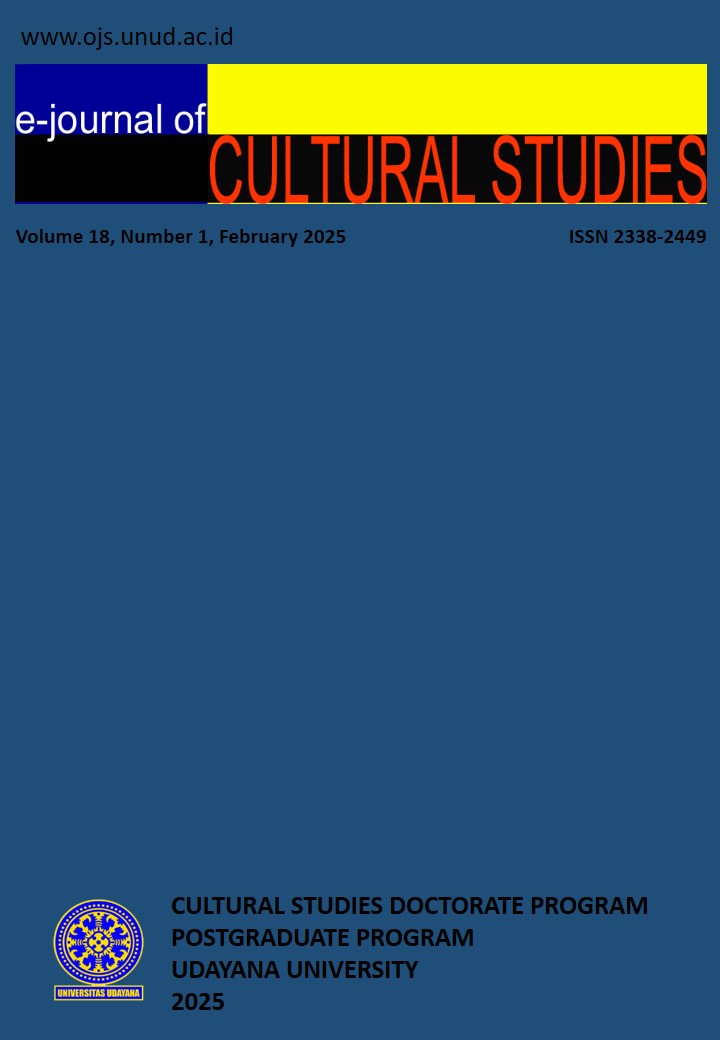TOURISTIFICATION OF THE PURA AGUNG BESAKIH AREA AS A CULTURAL TOURISM DESTINATION
Abstract
Cultural commodification to the touristification of sacred areas is now increasingly commonplace on the island of Bali. The existence of temples that were initially only used for religious ritual activities has slowly begun to experience multiple functions and become a tourist attraction in the development of tourism in Bali. In Bali, many holy places have experienced tourism, including the Pura Agung Besakih also known as The Great Temple of Besakih. This research seeks to reveal the factors that affect the tourism of the Pura Agung Besakih area, the forms of tourism of the Pura Agung Besakih area, and the implications of what happens with the tourism of the Pura Agung Besakih area. Field data collection was conducted by direct observation in the Pura Agung Besakih area, in-depth interviews with speakers, and literature review correlating with this research. The successfully collected data were analyzed and dissected using commodification theory and practice theory. The results show that global tourism and tourism presence seem to dominate the external background of tourism in the Pura Agung Besakih area, in addition to being strengthened by technology flows, social media, and support from stakeholder regulations that shelter. On the other hand, market ideology and attempts to take economic advantage of external phenomena motivate the occurrence of tourism in the area of ??Pura Agung Besakih. This ultimately implies temple commercialization, religiosity, profanation, degradation of cultural and economic values, and the risk of environmental damage.
Keywords: touristification, Pura Agung Besakih Area, Cultural tourism, globalization







